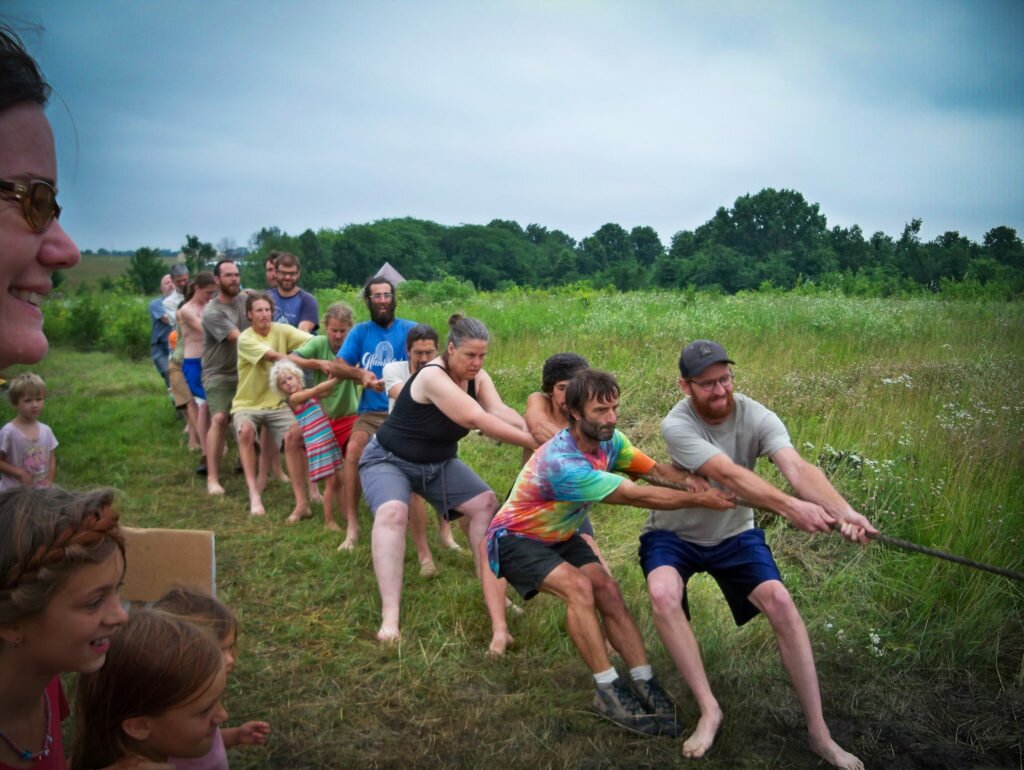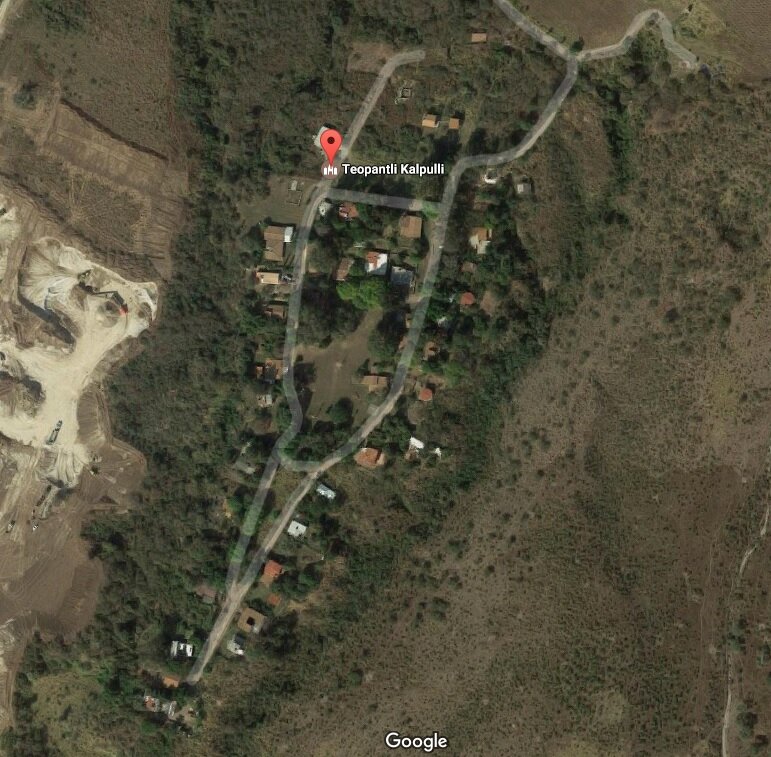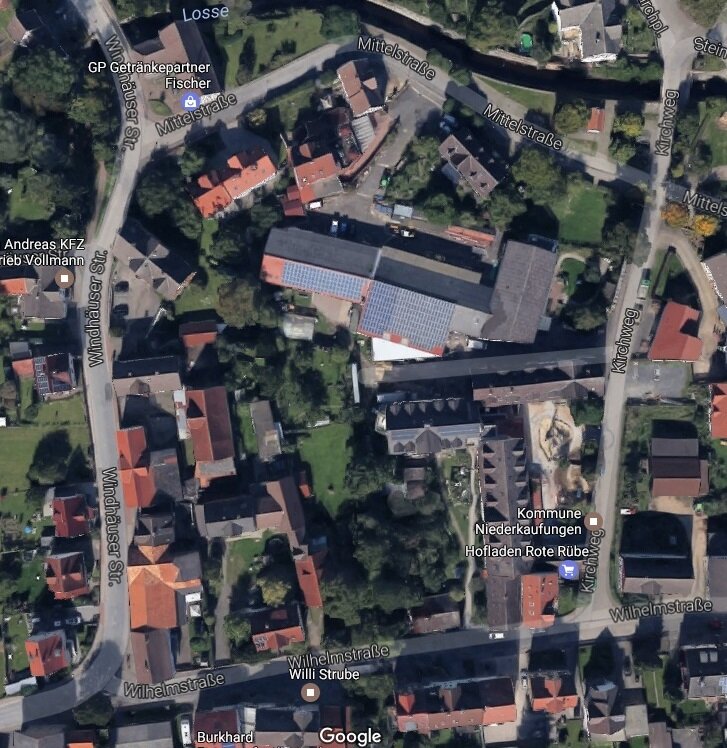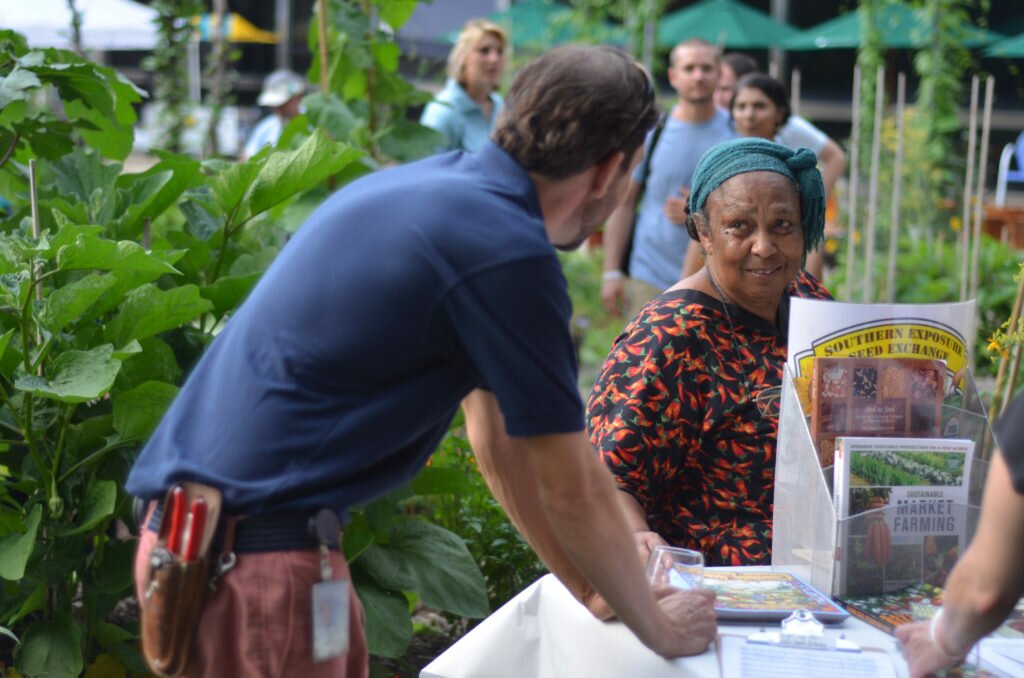What is an Intentional Community?
An intentional community is any group of people choosing to live together for a common purpose.

Members of Dancing Rabbit Ecovillage working toward a common purpose: to win! I mean, to cooperate!
Image by Dancing Rabbit Ecovillage via flickr
Intentional communities go at least as far back as Epicurus in 300 B.C., the Hutterites in the 1500’s, the Kibbutz movement in the early 1900’s, and the back-to-the-land movement of the 1970’s. Contrary to popular belief, it didn’t end there. There are currently over 2500 intentional communities listed on the Fellowship for Intentional Community (FIC) international database. Many of these communities are forging a new, post-industrial paradigm where people live together and strive toward shared ecological and social goals.
Intentional communities can take on a lot of different shapes and sizes. They can be spiritual communities (Ananda Village), cooperative houses (Sunwise Co-op), cohousing units, ecovillages (Dancing Rabbit Ecovillage) or income-sharing communes (Twin Oaks Community), though most are a blend between these things. They can be urban (Canticle Farm) or rural (The Possibility Alliance) or somewhere in between (Be The Change).

The individual houses at Teopantli Kalpulli in Mexico center around a school, play area, and few communal buildings.
Image via Google Maps
They can also have very different levels of sharing. For example, in a lot of intentional communities, each individual or family has a house and there is some shared land in the middle with a playground or garden or something (Teopantli Kalpulli). In income-sharing communities, people live in shared residences and nearly everything is shared, including the land, buildings, businesses and a bank account (Kommune Niederkaufungen) — kind of like the Amish. The one thing that every intentional community has is a common purpose, or a reason for living together.

Kommune Niederkaufungen in Germany owns most of the property in this dense village block. This is the heart of the commune, where most members live, work and play together.
Image via Google Maps
The Intentional Communities Movement
I think there is just as much diversity within the intentional communities movement as there is in the mainstream world… perhaps more. While a few communities meet parts of the stereotype of a 70’s hippie commune (I’m channeling a bunch of naked white women passing around communal babies and breastfeeding whichever ones land in their laps), most delightfully challenge that myth.

Ira Wallace of Acorn Community tabling a Southern Exposure Seed Exchange event
Image by the National Museum of American History Smithsonian Institution via flickr
Don’t believe me? Let’s see… Acorn Community in central Virginia is financially successful – they own and operate a well-known organic heirloom seed business called Southern Exposure Seed Exchange. Canticle Farm in the Bay Area is not just a bunch of white people – they are home to a multi-ethnic community including Black and Latinx people. And Casa Mariposa in southern Arizona is very political – they run a hospitality house for undocumented immigrants who are in the process of being deported from the U.S.
Still don’t believe me? Check out some more myths about intentional communities, busted.